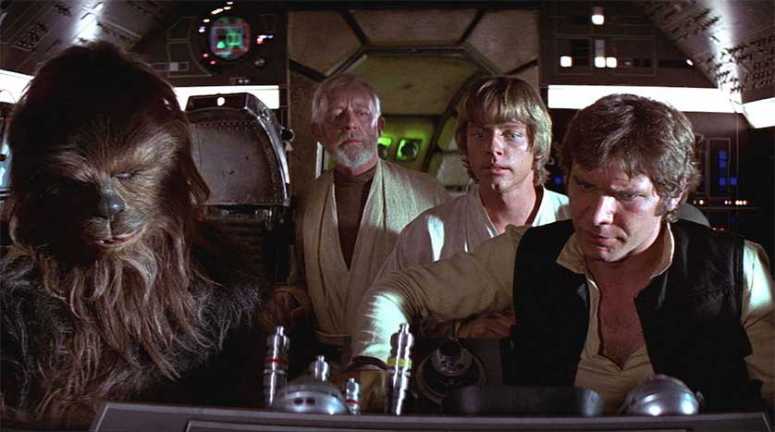
The best measurements to date say the star is about 79 light-years away - just 24 parsecs. It’s close to the upper right of the Moon at first light. The angles are so tiny, though, that the technique works best for objects that are within a few thousand parsecs.Ī star whose distance is easily measured with the technique is in good view early tomorrow: Regulus, the bright heart of Leo. How much it changes reveals the object’s distance. As a result of that shift, the viewing angle to an object changes over the course of a year. The word “parsec” is short for “parallax second.” It’s based on the apparent motion of an object as Earth moves from one side of the Sun to the other. It’s equal to about three and a quarter light-years. It measures the distances to objects beyond the solar system - stars, galaxies, and others. In fact, it’s the most commonly used unit of distance in modern astrophysics. While the Kessel run is fictional, the parsec isn’t. A good ship and a good pilot, though, can take a dangerous shortcut - and cut the distance down to about 12 parsecs. But in “Solo,” the most recent movie, it’s explained that the Kessel run isn’t a straight path - it maneuvers around several objects along the way. Since a parsec is a unit of distance, not time, that didn’t seem to make any sense. So, to put it simply, it seems like it was originally a screenplay error that then became accepted in the lore, which adapted so that a line that was intended to be a boast anyways became a statement of fact.In the original “Star Wars” movie, Han Solo brags that his ship, the Millennium Falcon, can make the Kessel run in less than 12 parsecs. Watch science comedian Brian Malow rant about the biggest. Because this is all fiction, and fictional worlds will continue to evolve, both forwards and backwards, as long as their creators continue to explore them. Trivia: Scientific Errors In 'Star Wars': A 'Parsec' Is A Unit Of Distance, Not Time. And then, rather than admit to the mistake, Lucas and the writers of the novels decided to make it work for the correct definition. It worked perfectly well until people started pointing out that a parsec is a unit of distance while Han acts like he's talking about time. He was throwing the term out to his audience the same way that it is now implied that Han was throwing it out to who he thought were two dusty farmers. He latched on to catchy terms and made use of them, and in this case he did so incorrectly. This was the very first of these movies, and Lucas was making his first foray into writing about space. Likely, YOU didn't know this was an error the first time (or even the first several times) that you heard it. Neither did the majority of his audience, so it didn't really matter. Neither did anyone who read the script during production. I think the real question isn't "Did Han know what a parsec was?" but rather, "did George Lucas know what a parsec was?" And I think it's fairly clear that the answer is No, he didn't.


This wiki article agrees with the latter of the two: Could it have been that he just misspoke, or was his "I made it in 12 parsecs" really referring to the distance of the run. When he is talking to Obi Wan he is trying to persuade him that the Falcon is the fastest ship in the Galaxy, but if he were truly referring to the distance he made the run in, it would be more referring to his pilot skills, not the ship's speed. I know this has been a long debated question among Star Wars enthusiasts, but when Han Solo said that he made the Kessel Run in 12 parsecs did he actually know what he was talking about?ĭuring the scene Han really does seem to be talking about the time it took him to make the run.


 0 kommentar(er)
0 kommentar(er)
